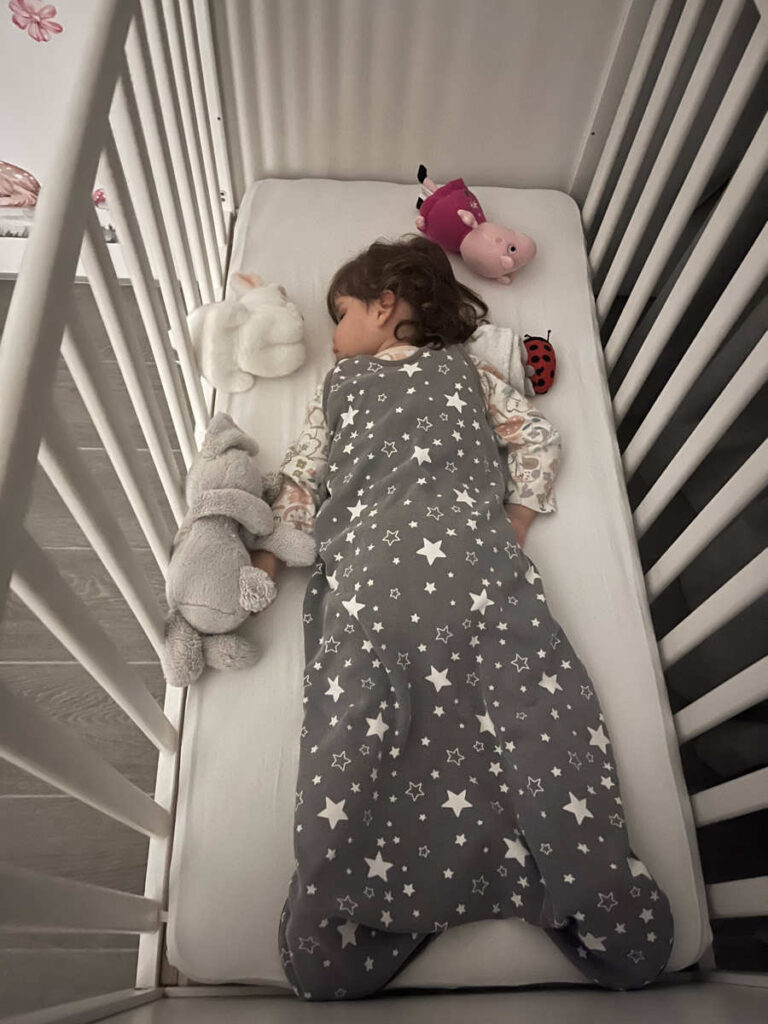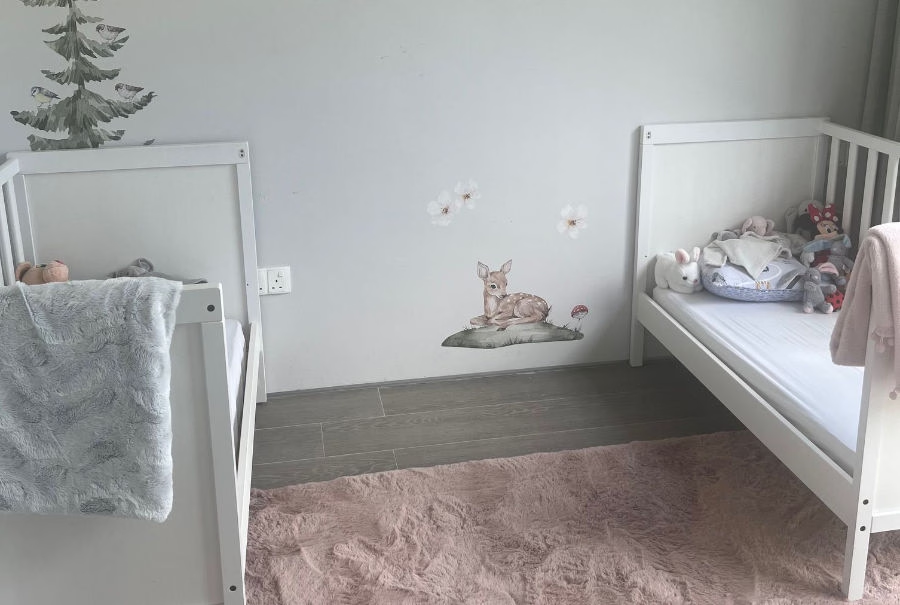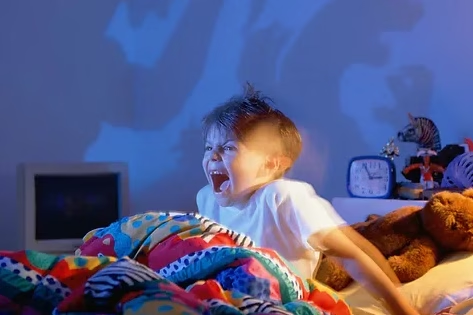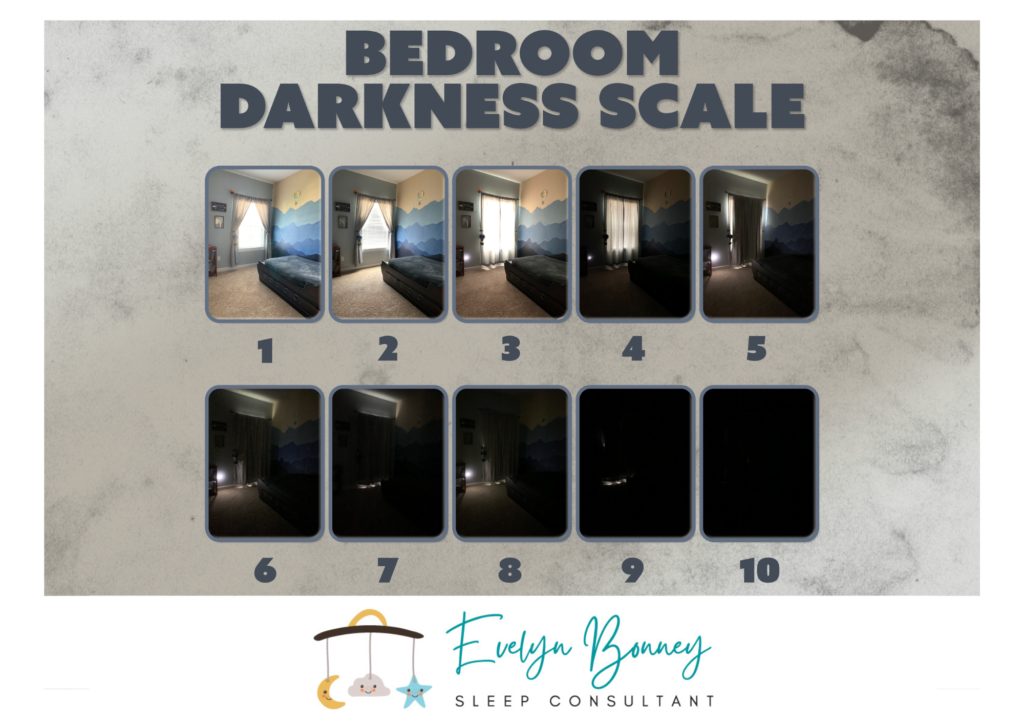
When it comes to the health and well-being of your baby, one of the most crucial aspects to consider is their sleep. As a paediatric sleep consultant, I understand that navigating the world of infant and new born sleep can be both challenging and overwhelming. Sleep training is a valuable tool that can help establish healthy sleep patterns for your little one, ensuring that both baby and parents get more sleep. In this blog, I will delve into what sleep training is, why it’s important, and explore various sleep training methods that can help your infant or toddler develop good sleep habits.
What is Sleep Training?
Typically sleep training refers to a variety of techniques and strategies designed to help newborns, infants and toddlers learn how to fall asleep independently and establish a consistent sleep routine. This process involves teaching your baby to self-soothe and sleep through the night without relying on external aids such as rocking or feeding. However, when looking at promoting good sleep in children, we cannot just look at the method a child uses to get to sleep in isolation. Many different factors affect the ability to sleep for longer periods. Nutrition, daytime stimulation, emotional well-being all have a huge impact on sleep in children.
Why is Sleep Training Important?
Sleep training is crucial for several reasons:
1. Adequate sleep supports cognitive growth, emotional regulation, and physical health.
2. Holistic sleep training techniques can lead to longer, more restful sleep and improve the overall quality of sleep.
3. Supports Parental Well-being. This is often overlooked but adequate sleep for parents is essential for both their physical and mental health. Well-rested parents are also much better equipped to handle the challenges of parenting.
4. Teaching children how to fall asleep independently lead to long term improvement of sleep allowing them to thrive in all stages of their development.
Teaching an Independent Sleep Skill: Sleep Training Methods
There are several sleep training methods that can be used to teach an infant or toddler how to fall asleep without assistance. Which method should be used for your child, will be dependent on a number of factors and should not be used in isolation without a holistic assessment of other aspects of your child’s life.
1. Cry It Out (CIO) Method
The Cry It Out method, also known as the Ferber method, involves allowing your baby to cry for progressively longer intervals before offering comfort. This method aims to help babies learn to self-soothe and fall asleep independently. It’s important to follow a consistent routine and provide reassurance during the process.
2. No Tears Method
The No Tears method, popularized by parenting experts like Elizabeth Pantley, focuses on gentle techniques to help babies learn to fall asleep without crying. This approach involves gradually reducing the level of parental intervention, such as gradually decreasing the amount of rocking or patting.
3. Gradual Sleep Training
Gradual sleep training involves slowly reducing the amount of time spent soothing your baby to sleep. This method allows babies to adjust to falling asleep on their own at their own pace. Techniques include gradually increasing the time between checks or slowly reducing the level of comfort provided.
4. Ferber Method
Similar to the Cry It Out method, the Ferber method involves letting your baby cry for specific periods before comforting them. The difference is that the intervals between check-ins gradually increase over time, allowing your baby to learn to self-soothe while still receiving periodic reassurance.
5. Chair Method
The Chair Method involves sitting in a chair next to your baby’s crib while they fall asleep. Over time, you gradually move the chair further away from the crib until you are no longer present in the room. This approach helps babies adjust to falling asleep independently while still having a comforting presence nearby.
IMPORTANT!
Using any of these methods in isolation is unlikely to work. When I work one on one with clients we do an in-depth analysis of each child’s needs. With some families we work on optimisation of milk feeding. With others we focus a lot more in increasing daytime stimulation and increasing sleep pressure. Sleep is like a big jigsaw puzzle. You will never be able to see the whole picture and get consistent consolidation of sleep if you haven’t put all the pieces together. My point is one size does not fit all you have to take a holistic approach to see real long-term success.
Tips for Successful Sleep Training
– Consistency is Key: Make sure you are approaching every episode of sleep in the same consistent manner and be patient as your baby adjusts to the new sleep patterns.
– Create a Sleep-Friendly Environment: Ensure that your baby’s sleep environment is conducive to rest. This includes maintaining a consistent sleep schedule, using a comfortable mattress, and keeping the room at a suitable temperature.
– Follow a Bedtime Routine: Establishing a calming bedtime routine, such as reading a book or singing a lullaby, can signal to your baby that it’s time to sleep and help them wind down.
-Get help and support: A sleep consultant can offer personalized advice and strategies tailored to your baby’s needs, helping you navigate any challenges and achieve better sleep outcomes.
In conclusion, sleep training can be complex and difficult to navigate. Understanding the various ways, you can teach your child an independent sleep skill and adopting a truly holistic approach can help your infant or toddler to sleep through the night consistently. If you need guidance or support, don’t hesitate to reach out and book a free discovery call with me for support and advice.




